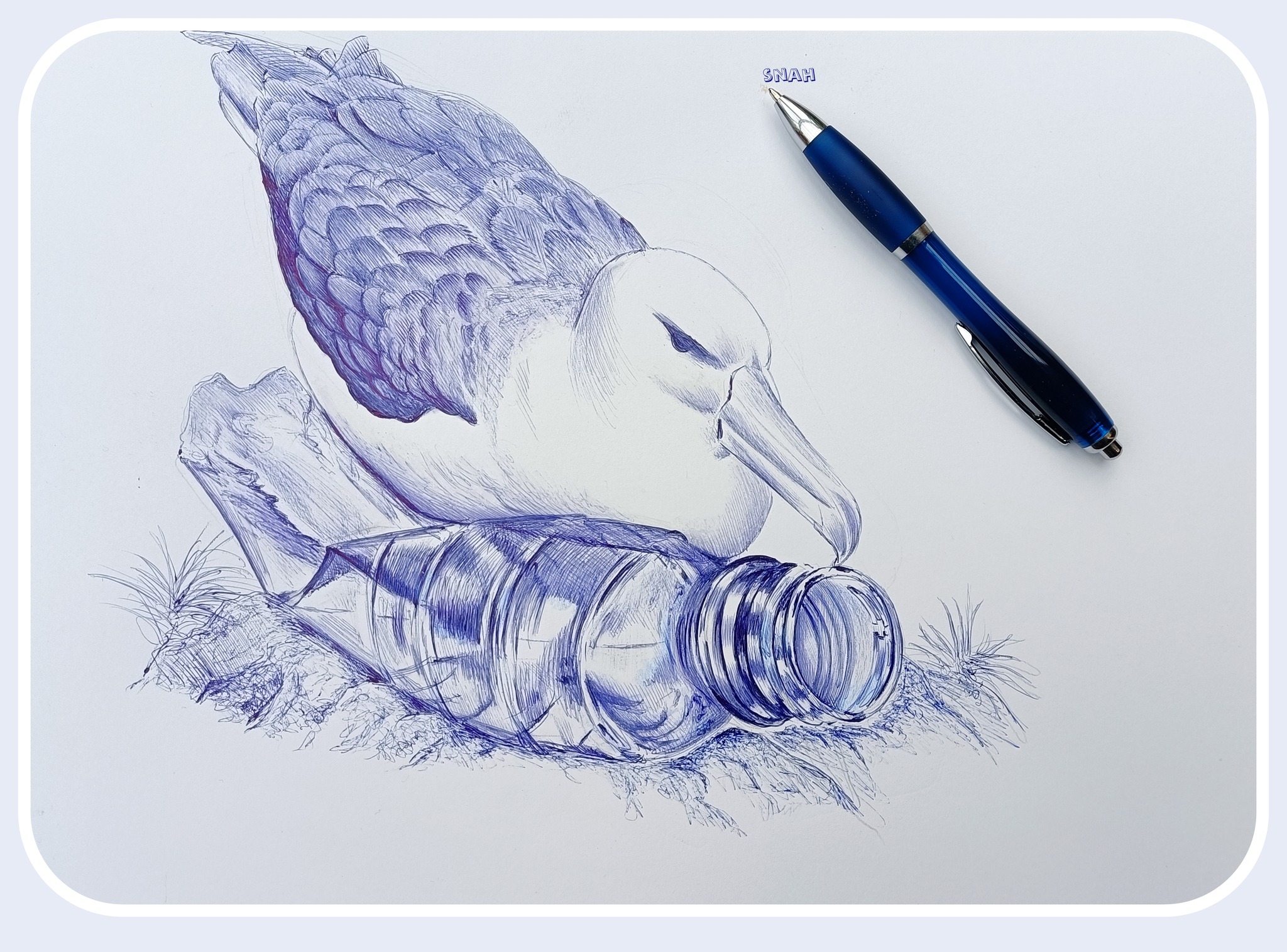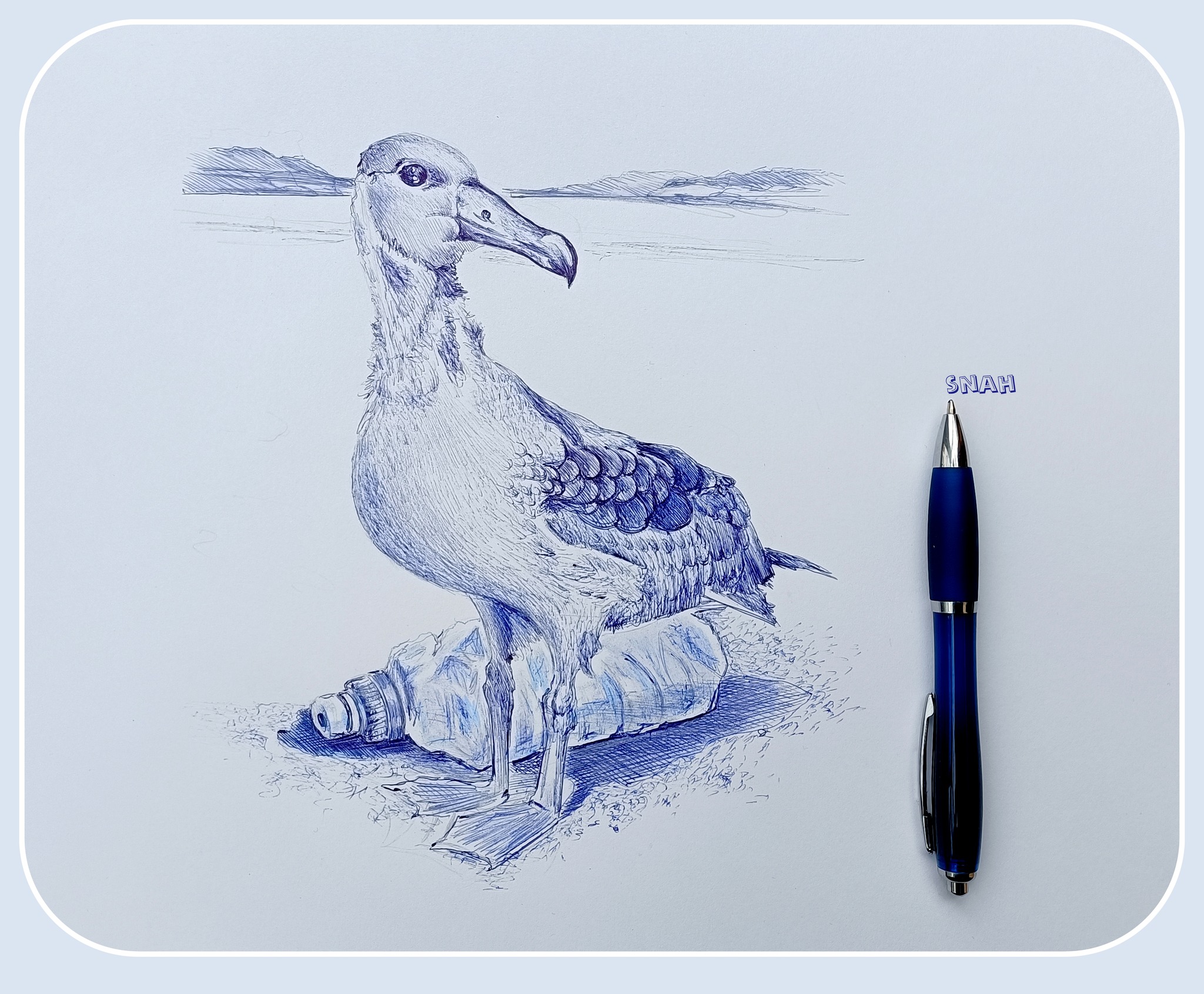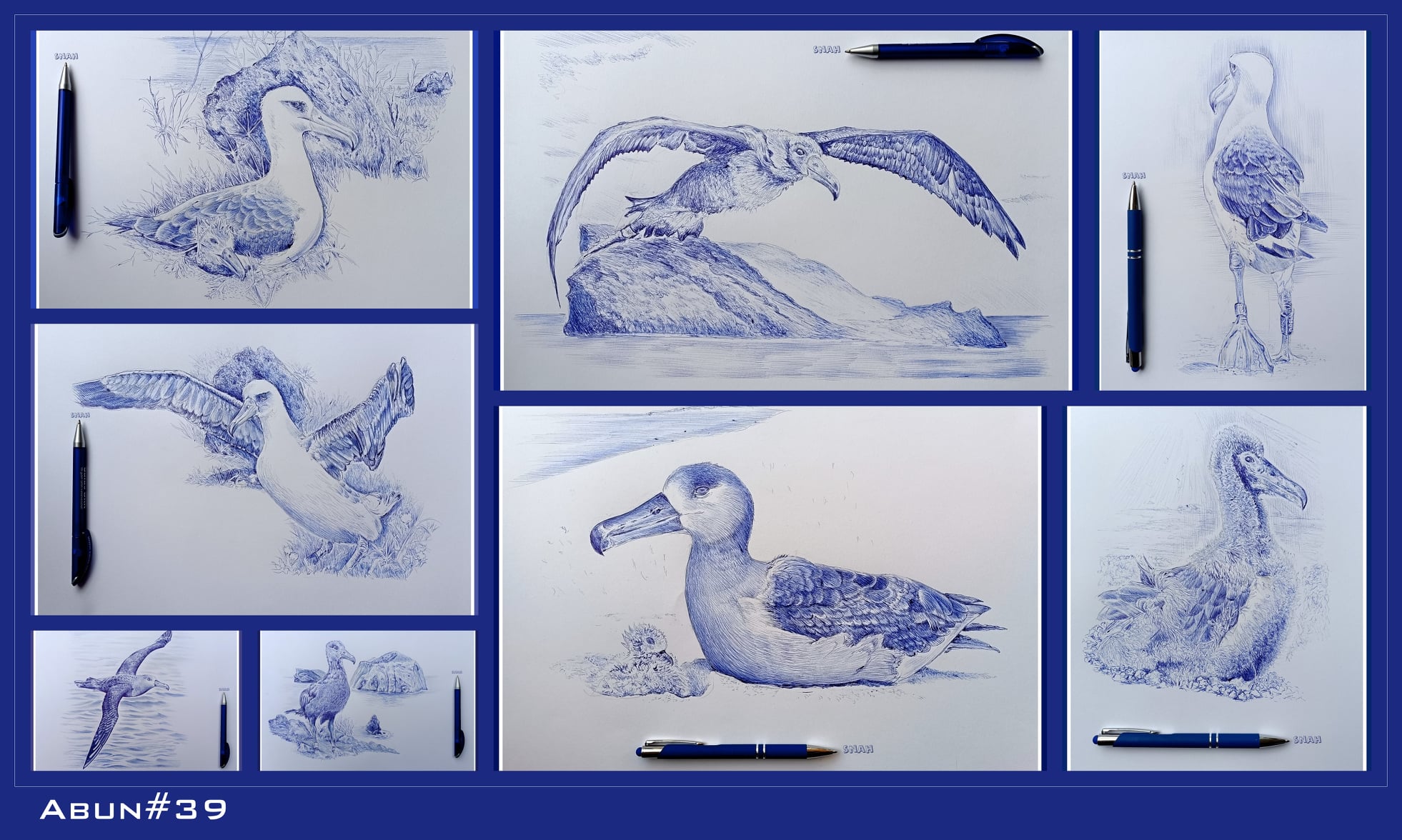
The call for abstract submissions to the International Council for the Exploration of the Sea’s Annual Science Conference is now open. A wide range of themes are covered in the conference program including a session on Managing fisheries bycatch of threatened species – which is described below:
2023 ICES ASC session - Managing fisheries bycatch of threatened species
Fisheries targeting highly productive species can have profound impacts on co-occurring species also susceptible to capture that have long generation lengths, low fecundity and other life history traits that make them vulnerable to anthropogenic mortality. There has been increasing concern over the sustainability of bycatch mortality of marine megafauna given their vulnerability to exploitation, ecosystem-level cascading effects from declines in abundance and reduced population fitness from fisheries-induced evolution. There has also been increasing attention to risks from bycatch to food, nutrition and livelihood security.
The session’s presentations and discussion will cover priority topics in fisheries bycatch science and policy such as:
- Estimates of individual components of bycatch fishing mortality
- Population effects of bycatch removals
- Bycatch magnitude
- Sublethal effects of fishing on threatened species
- Estimates of bycatch through observer and electronic monitoring programs
- Explanatory predictors of catch and mortality rates of bycatch species
- Multispecies conflicts from bycatch mitigation methods
- Costs to economic viability, practicality and crew safety
- Principles for evidence-informed bycatch policy
- Applying a sequential mitigation hierarchy to manage bycatch
- Approaches to mitigate the catch and fishing mortality of bycatch species such as:
- area-based management tools
- gear technology to increase selectivity
- input and output controls
- international trade bans
- minimized production and ghost fishing efficiency and duration of abandoned, lost and discarded fishing gear
- management of fishing depth
- fishing methods and gear designs to reduce pre-catch and at-vessel mortality rates
- handling and release practices
- Performance of regional fisheries management organizations’ bycatch measures
- Bycatch measures of market-based programs such as the Marine Stewardship Council and Fisheries Improvement Projects
- Enabling environment conditions that affect compliance with bycatch measures
- Defining target and limit biological reference points for stocks of data-limited bycatch species
- Comprehensive harvest strategies for incidental bycatch species
- Offsets of residual bycatch losses through equivalent gains.
More information on the conference including session themes, and guidelines and instructions for the submission of abstracts can be found at the ICES website. The deadline for abstract submissions is 21 March 2023.
16 January 2023

 English
English  Français
Français  Español
Español 



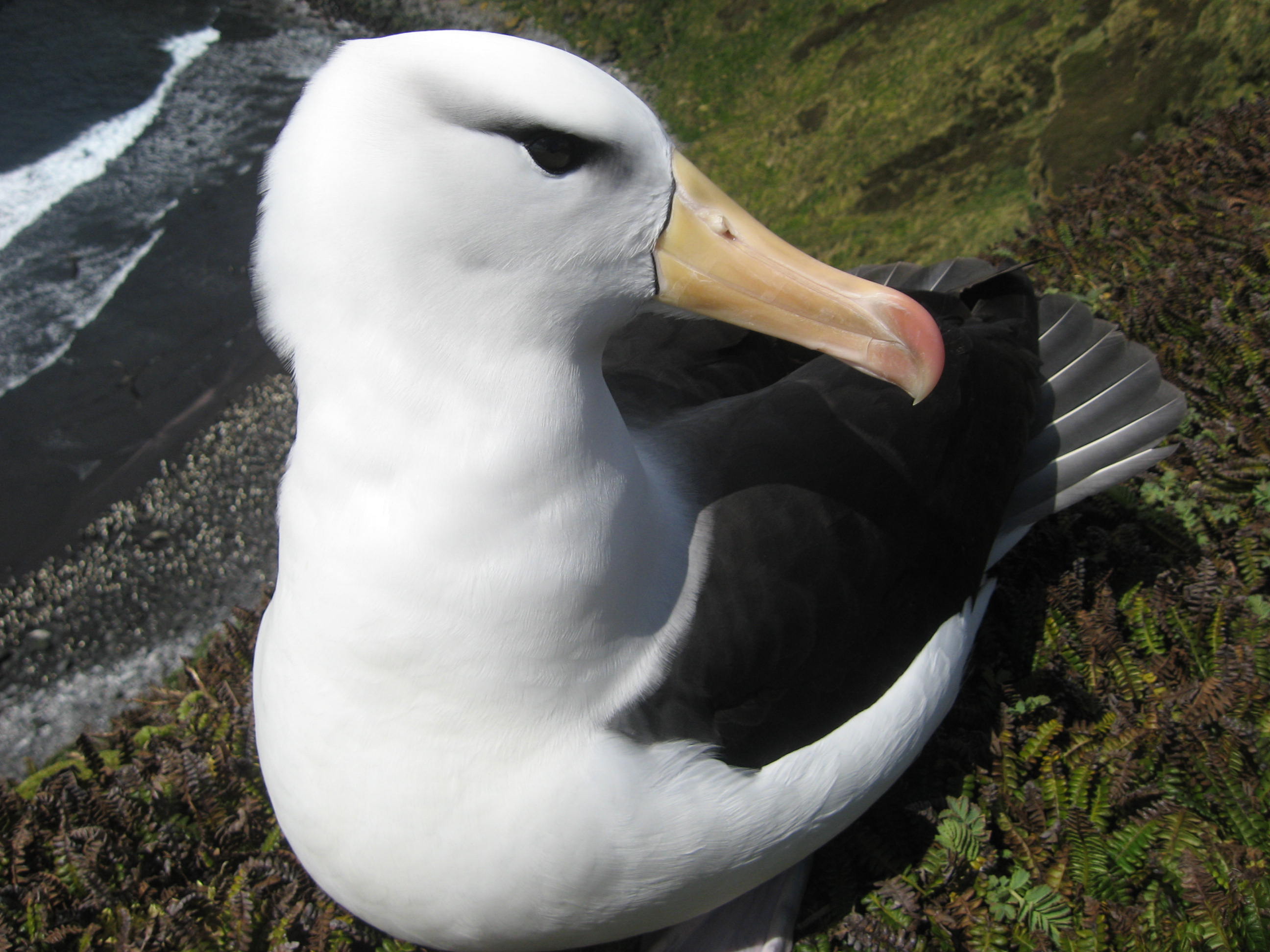
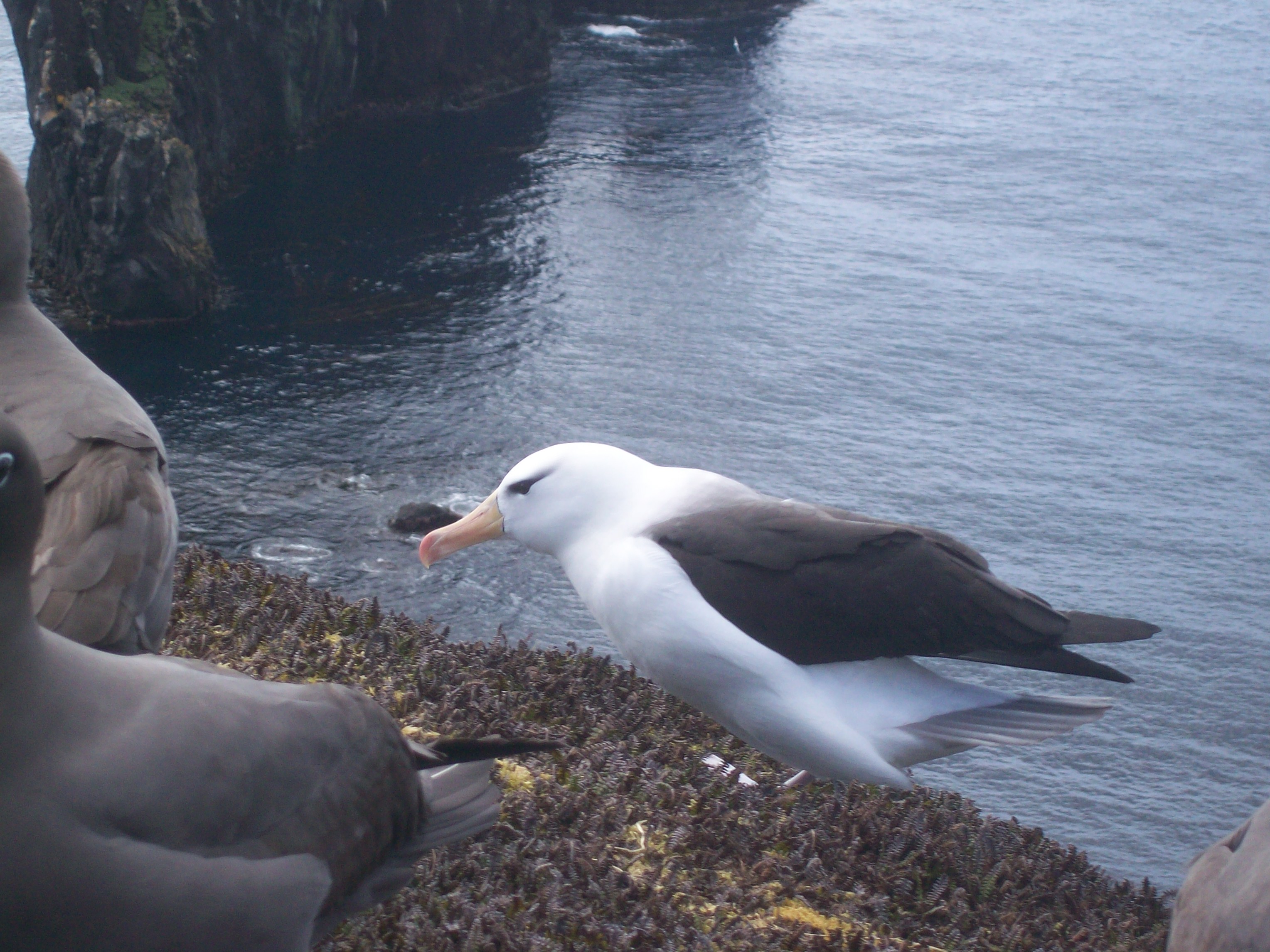
 A Wandering Albatross incubating an egg on the nest; photograph by Alexis Wandering
A Wandering Albatross incubating an egg on the nest; photograph by Alexis Wandering